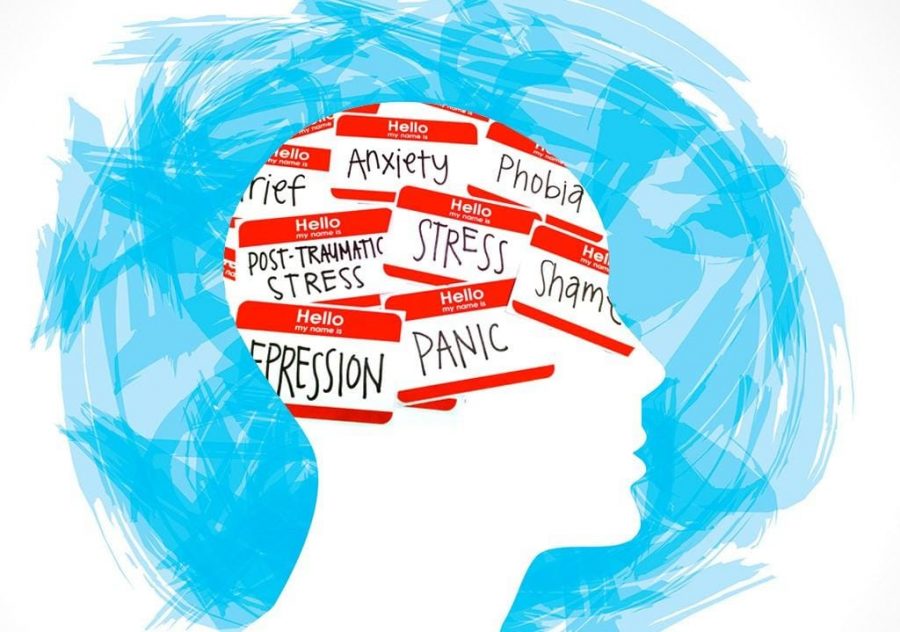Social media damages teens’ mental health
While depression and anxiety are often the most common and talked about teen mental illnesses, many teenagers struggle with a multitude of other illnesses. It is important for parents, teachers, and teens themselves to not overlook mental health, and to take the necessary steps to prevent and combat mental illnesses, such as limiting social media.
March 3, 2021
TikTok, Instagram and Snapchat all have one thing in common: they are forms of social media. Social media has many benefits for teens, such as keeping them in touch with friends, building communication skills and giving them a platform to share their thoughts and ideas. However, even with these positive qualities, social media also produces many negative effects on teens. Teens should limit their time spent on social media, as it can be addicting and can damage their mental health.
According to a study conducted by Jama Psychiatry in 2019, kids and teens who spend more than three hours per day on social media have a higher risk for acquiring mental health problems.
Today, especially with the COVID-19 limiting in-person contact, many teens spend far more than three hours a day on social media. While it is important for teens to stay in contact with their friends and family during this time, most teens are spending excessive amounts of time on social media because they are bored and do not know what else to do.
Instead of spending countless hours scrolling through social media, teens can find hobbies that they enjoy and that are a more beneficial way for them to spend their time. During quarantine, many teens found new hobbies to occupy their time, such as working out, painting, baking or even starting a small business. All of these activities are a great way for teens to have fun and get off of their devices for a few hours.
While most teens are able to limit their social media and not allow it to control their lives, others feel the need to constantly monitor and check their various social media accounts to avoid feeling anxious and left out. In most cases this anxiety is minor, but for others, it is so severe that it can be classified as social media anxiety disorder.
Often, many of the risks of social media are overlooked by teens, parents and teachers alike. While many teens are not affected, others constantly struggle with reliance on social media and decreased mental health due to what they see on these platforms.
When many teens look at social media, they see the edited, filtered “picture perfect” versions of others’ lives, and begin to see their life in a negative light. Many “influencers” on social media edit their bodies or appearances and countless teens compare themselves to the pictures that they see on social media and feel as though they are not good enough.
For those who already struggle with a negative self-image, these comparisons can be detrimental to their mental health. It is important for teens to remember that not everything online is real and that they are good enough the way they are.
While eliminating social media would be counterproductive and could even be more harmful to teens given the nature of today’s world, it is essential for teens to set boundaries for their social media use.
Some teens may be open to the idea of deleting their social media accounts, but others may feel that this option is not feasible for them. Instead, teens could use the screen time tool on their phones to monitor their time spent on social media and set limits for themselves. Setting these limits is essential for teens to improve their mental health and combat their reliance on social media.



